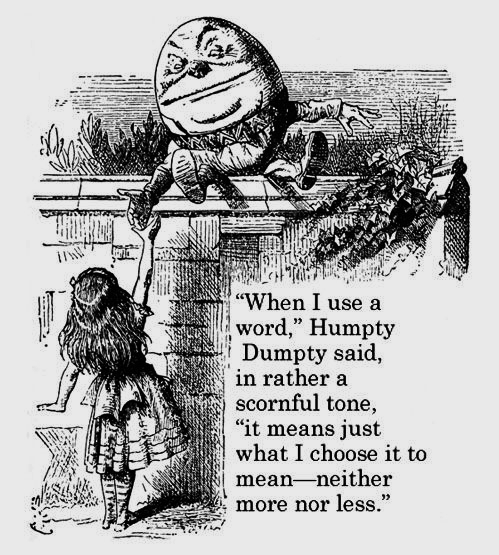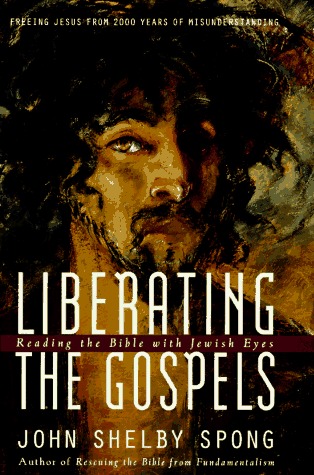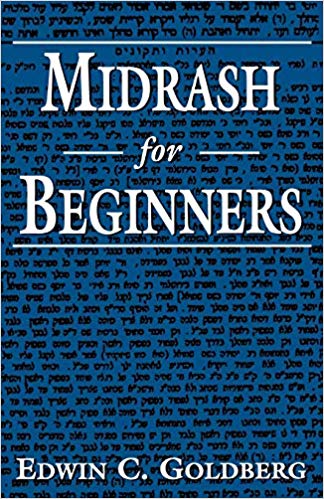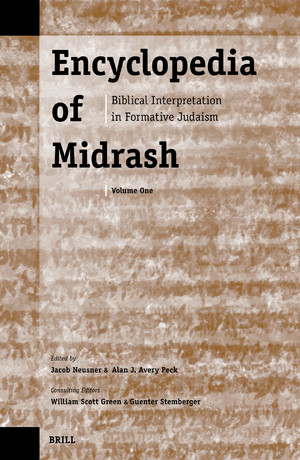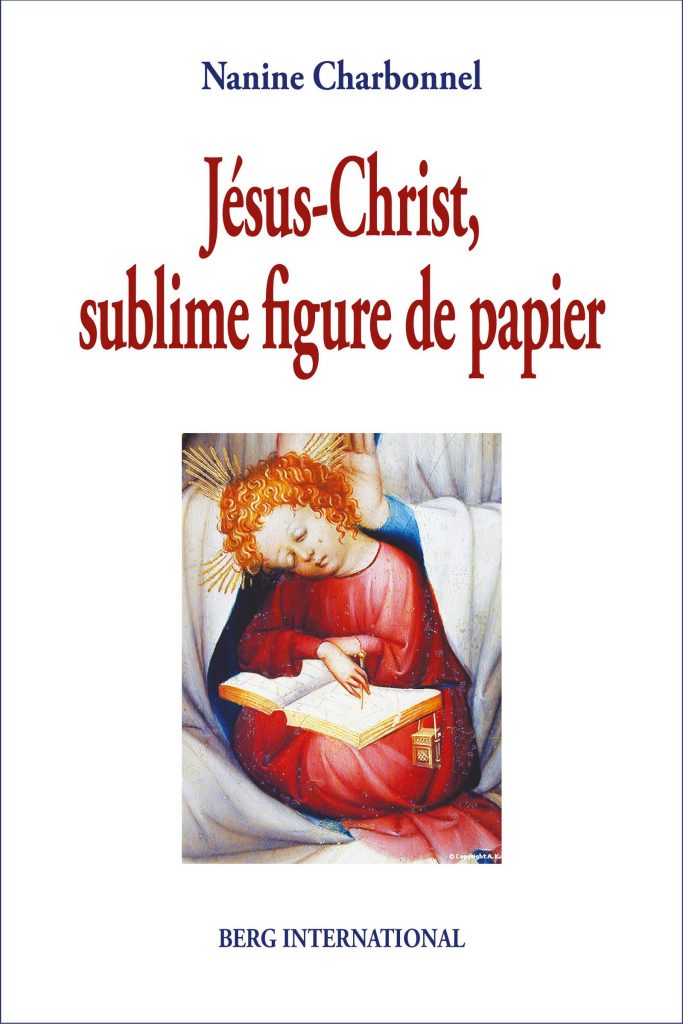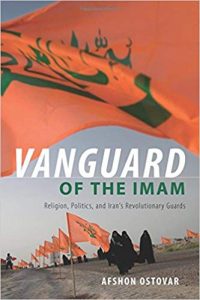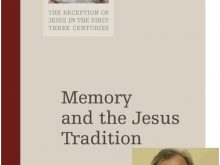We saw in the previous post through Philip Alexander’s description of midrash that the term really only applies to early rabbinic exegesis of the Scriptures. The purpose of midrash was to tie oral tradition to certain scriptural texts and to make the tie to those texts explicit. Accordingly, the rewriting of biblical stories — whether the Chronicler’s rewriting of the books of Kings or gospel allusions to Old Testament passages — can scarcely be classified as midrash.
So I am not impressed when I see scholars lumping together as ‘midrash’ texts as diverse as Chronicles, the Testaments of the XII Patriarchs, Enoch, Jubilees, Philo, Josephus, the LXX and the Targumim, the Qumran Pesharim, the Genesis Apocryphon, and the Mekhilta of Rabbi Ishmael. The only effect of such total lack of discrimination is to evacuate midrash of any real meaning: midrash becomes simply a fancy word for ‘Bible interpretation’. (Alexander, pp. 11f)
Further, the term is not helpful when applied to the gospels, in Alexander’s view:
If our definition of midrash becomes too attenuated, then in using the term we may not, in fact, be saying anything new: we may simply be telling the reader that what lies before him is a specimen of early Jewish Bible interpretation—which may be crashingly self-evident! If midrash means no more than ‘Bible interpretation’, then it would be advisable to drop the term. And if we insist on using it so broadly then we shall have to consider subdividing the category, and speaking of Rabbinic midrash, Qumranic midrash, Philonic midrash, apocalyptic midrash and so on. The study of the subject can only be advanced through refinement. I certainly perceive important differences between Rabbinic Bible exegesis and that of Philo, or of the Dead Sea Sect. The way forward lies in trying to define these distinctive styles of Bible interpretation, rather than in treating them as an undifferentiated mass. (p. 12)
We began this discussion with Michael Goulder’s influence on John Shelby Spong. Spong for a time described the gospels as midrash and acknowledged Goulder as his mentor in this respect:
I remember my joy when I came to the conclusion that Zechariah, the father of John the Baptist, was a midrashic creation, with his name stemming from the fact that John had been identified with the prophet Malachi, whose immediate predecessor in the Bible was the prophet, Zechariah. So John’s immediate predecessor was called Zechariah. I remember even better Michael [Goulder]’s amusement and his twinkling smile when he showed me that he had not only come to, but written about, this possibility years before it even dawned on me to explore the issue. (Spong, xiii)
We saw that Spong chose to use the term midrashic rather than midrash but that Goulder eschewed the word entirely as a description of the way the evangelists composed their accounts of Jesus. Goulder had even used midrash to account for the way Matthew was a re-write of Mark. Alexander points out how unsupportable is that classification:
- Midrash is generally performed on a canonical text and the canonical text is left standing firm and uncompromised. But Matthew frequently changed Mark’s text and changing the source text was not the way of midrash. Midrash was also expected to stand alongside the canonical text, not to replace it. Yet it appears that Matthew was written not to be read alongside Mark but to replace Mark.
- Goulder understood Matthew as creatively adding to or modifying Mark’s text. Midrash, on the other hand, hewed closely to exegetical traditions and authorities and dialogue with other masters. It was not a free-for-all creative exercise.
- Alexander further alerts readers to other “more obvious parallels” in rabbinic literature to the gospels than midrash.
- Rabbinic literature has also a synoptic problem. This exists at the level of short, individual aggadot (cf. the four versions of Rabbi Eleazar’s Merkavah sermon), and at the level of extensive ‘literary’ compositions (cf. the problem of the relationship between Mishnah and Tosefta, between the Gemarot of the Bavli and the Yerushalmi, between the various recensions of the Palestinian Targum). Why does Goulder say nothing about the Rabbinic synoptic problem? Since most of Matthew’s ‘alterations’ of Mark can be paralleled just as easily in the synoptic Rabbinic texts as in midrash, it is surely fair to ask him why he talks only about midrash. . . . There is a host of questions regarding the Rabbinic material which Goulder has simply not considered. . . . [T]he Rabbinic texts are bedevilled by exactly the same difficulties as have proved so intractable in the study of the Gospels. (Alexander, 14f)
Alexander, Philip S. 1984. “Midrash and the Gospels.” In Synoptic Studies: The Ampleforth Conferences of 1982 and 1983, edited by Christopher M. Tuckett, 1–18. Sheffield, Eng.: JSOT Press.
Spong, John Shelby. 1997. Liberating the Gospels: Reading the Bible with Jewish Eyes. San Francisco, CA: HarperOne.

